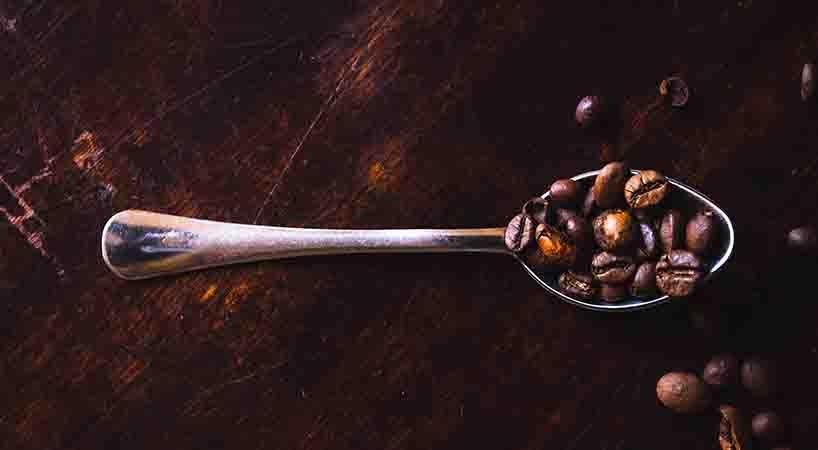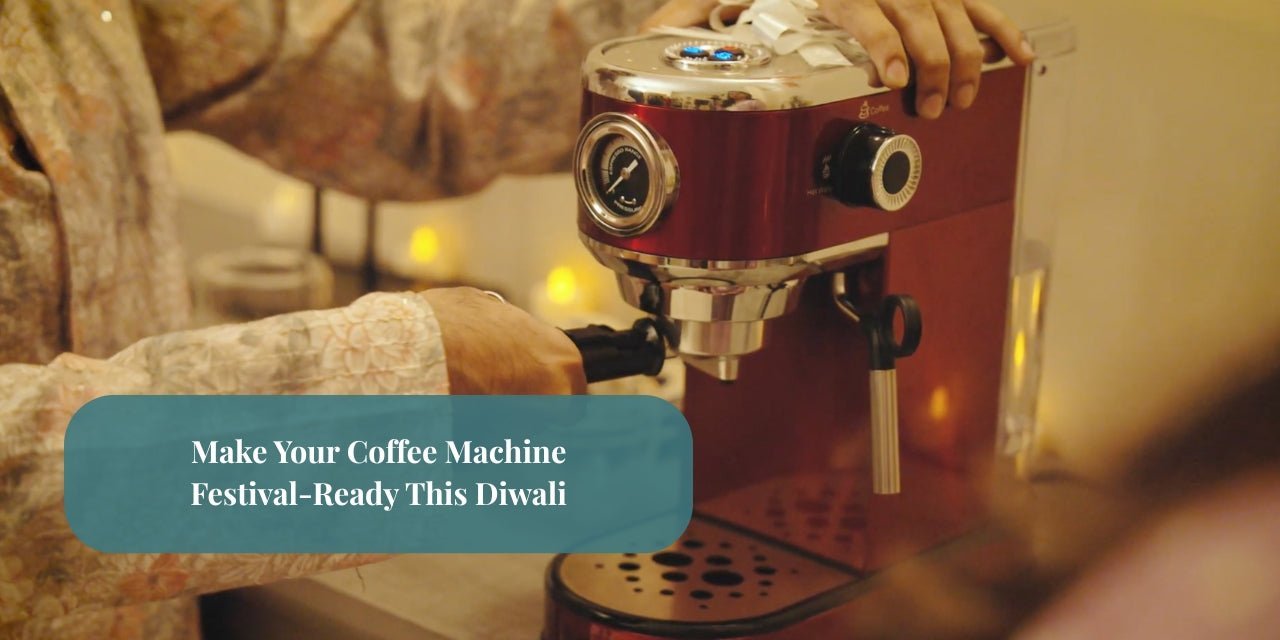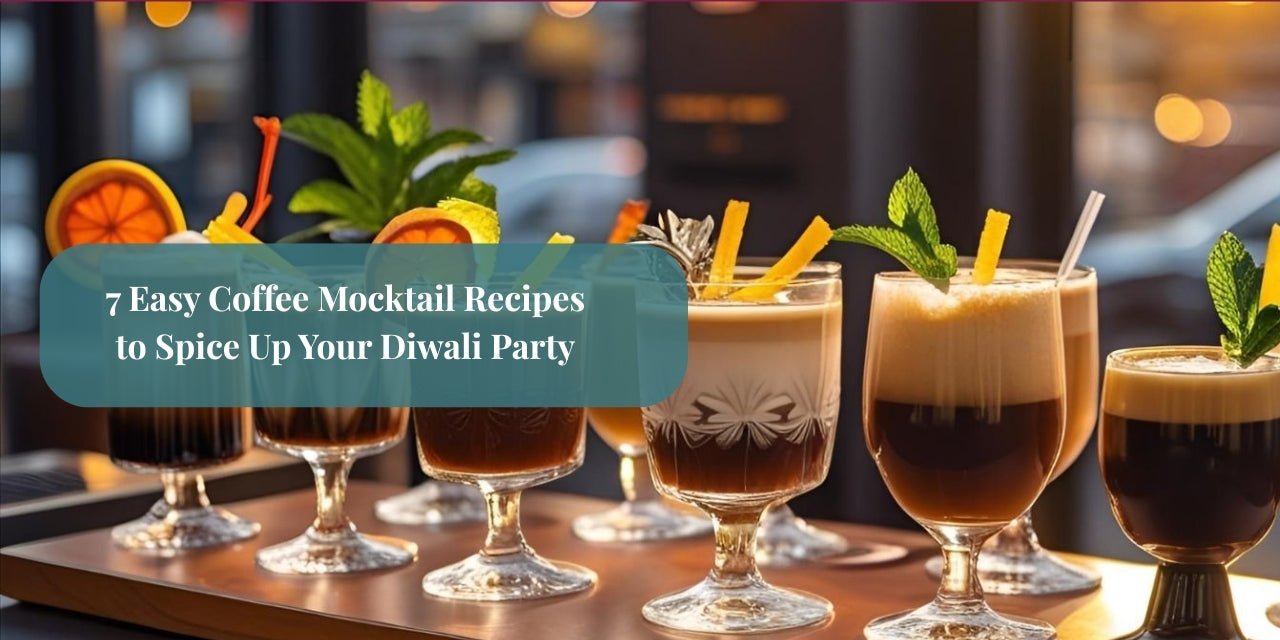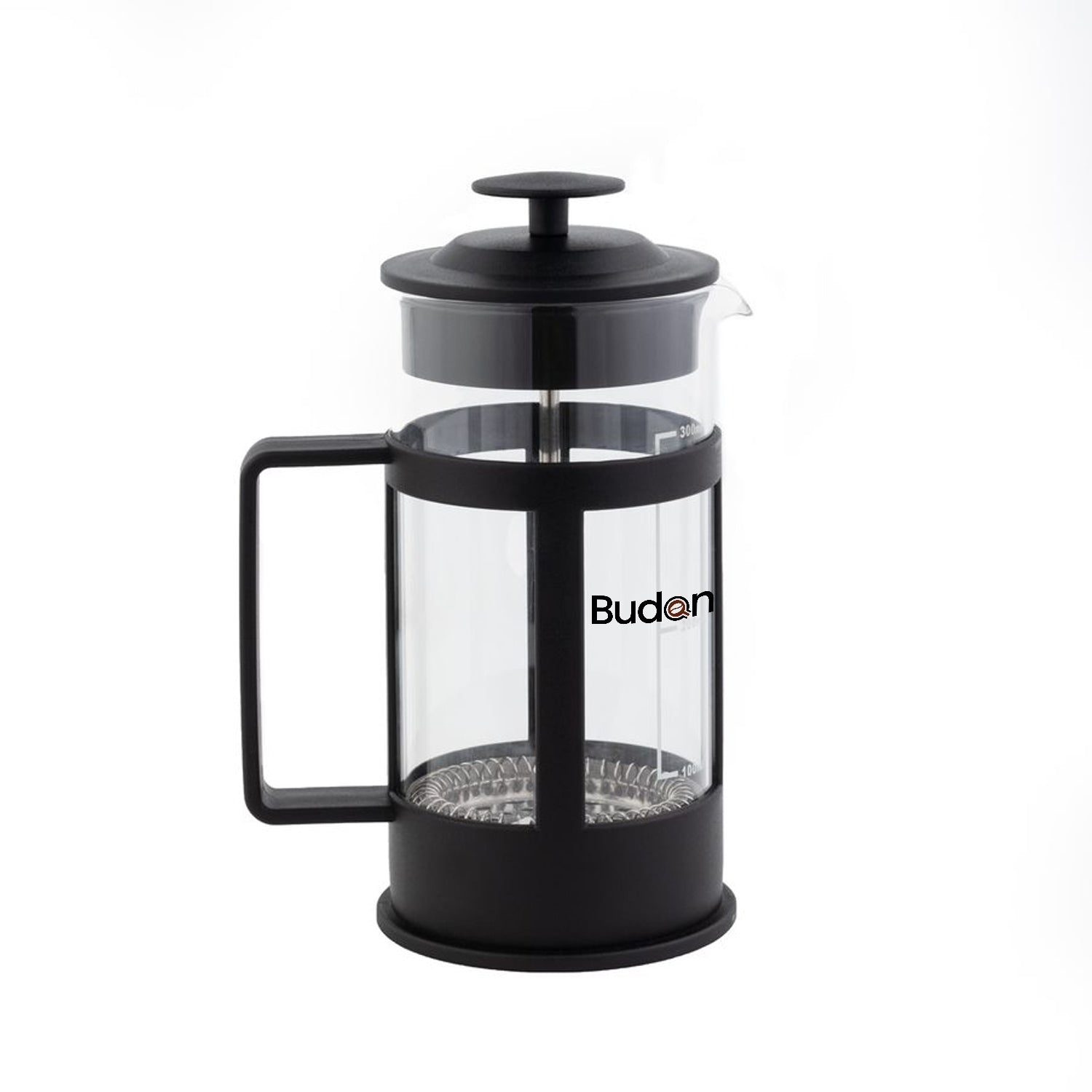The sheer amount of coffee bean options can be overwhelming. From everything between light to dark roasts, floral and fruity to nutty, chocolaty and earthy flavours— choosing the right bean for you can feel like finding a needle in a haystack. Luckily, once you know your way around a coffee label, you can easily pick up on the hints that will take you to the best bean. We’re here for everything else.
“There are as many varieties of coffee beans as there are wine grapes,” we think Aristotle said that. Okay, not really. The industry makes it easy for us by mostly depending on beans that fall into two categories, among over a thousand different heirloom varieties growing in Ethiopian forests.
Arabica
This is usually aromatic, fragrant and delicate variant, and are grown in higher altitudes. With relatively lower yields and tougher to grow, it is interesting to note that over 70% of the world coffee production is Arabica.
Robusta
These beans have double the amount of caffeine than arabica, which also tends to make them bitter. These are a more hardy varietal and give farmers a better yield. They provide a lot of body to your coffee which makes it a perfect addition to your milk-based beverages.
Now that we have got this out of the way, allow us to stress on this again: always buy whole beans! Pre-ground might seem convenient, but you lose out on a lot of volatile compounds that contribute to flavour. These components vanish within a few minutes of grinding. Let’s understand roast profiles a little better. Note: this is usually the case, but these can vary at times.

Roast date
It might seem like coffee has an eternal shelf life, but we assure you that it does not. Look for beans that have a clear roast date printed on them, as opposed to a packaging date. Be weary of anything that that is too old as you want to use it up within three weeks of the date of roasting.
Single Origin or Blend
A blend is a mixture of coffees, which could range from different farms, growing regions and even countries. A single origin coffee is usually traceable to the country, growing region, farm and sometimes even a small lot on the same farm.
It really comes down to a matter of preference, but broad brush to make the choice easier would be: if you want to drink your coffee with milk, choose a blend. If black coffee is your thing, choose a single origin.
Processing
If you’re wondering what the words “washed”, “natural” (unwashed) or pulp sun-dried on your bag really mean, you’ve come to the right place. A washed or wet processed coffee has the outer pulp of the cherry removed early on in the processing, which results in flavour clarity and more acidity.
A natural coffee is one that has been dried with the cherry still on the bean, allowing the fruit flesh and sugars to rest on the seed. What you get ultimately are fruity flavours with heavy body and low acidity. Honey sun-dried is when not all the pulp is removed and some is still left on the bean.
Experiment!
It’s makes our hearts happy to think about all the delicious coffee there is out there, and the resources available. Explore your local coffee culture, discover roasters and try new varieties. Buying directly from the roaster is especially important as you can learn so much from them! Try new flavours, step out of your comfort zone.
Well this has bean fun (sorry we couldn’t resist) but don’t forget to tighten the lid on your freshly roasted beans!


























